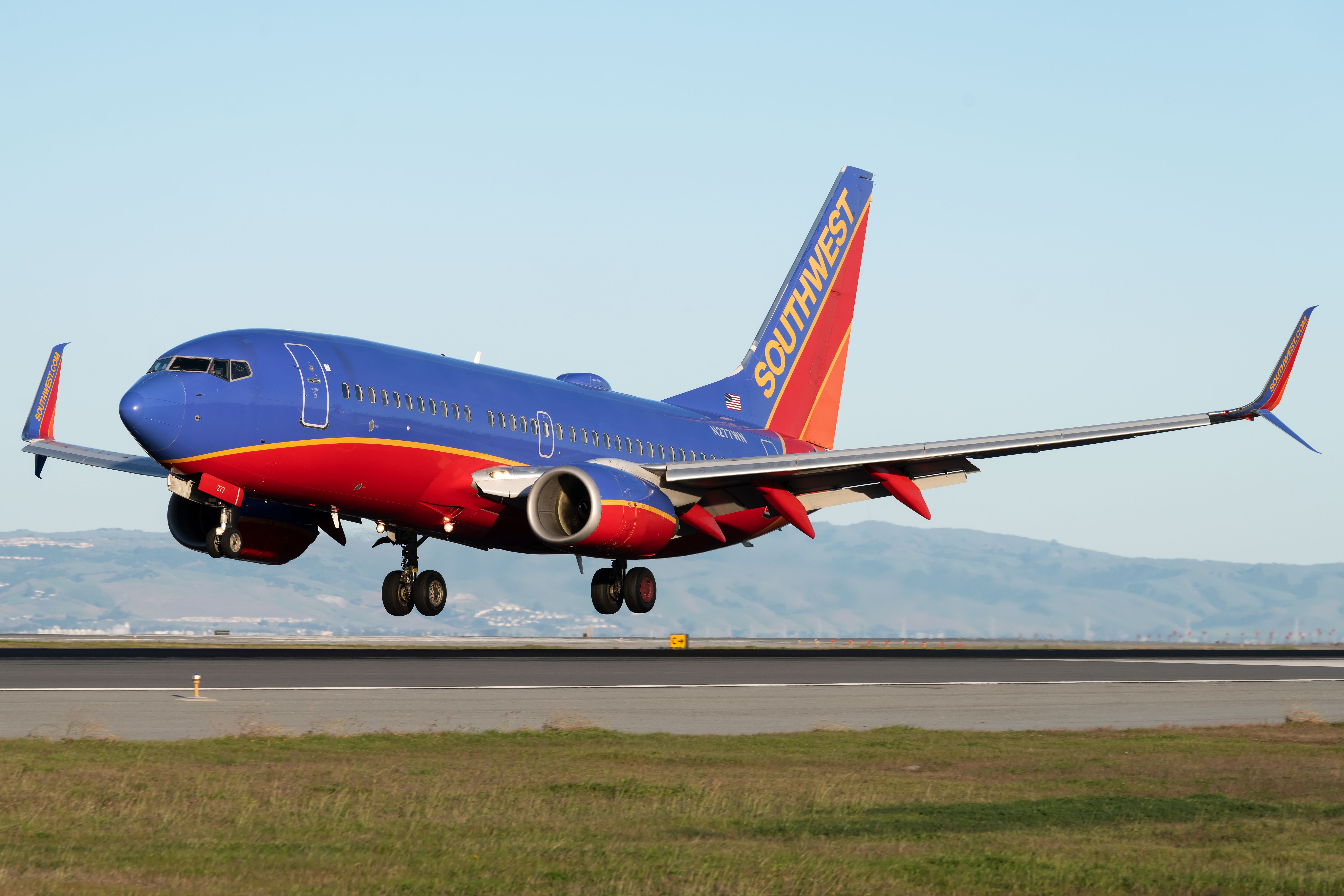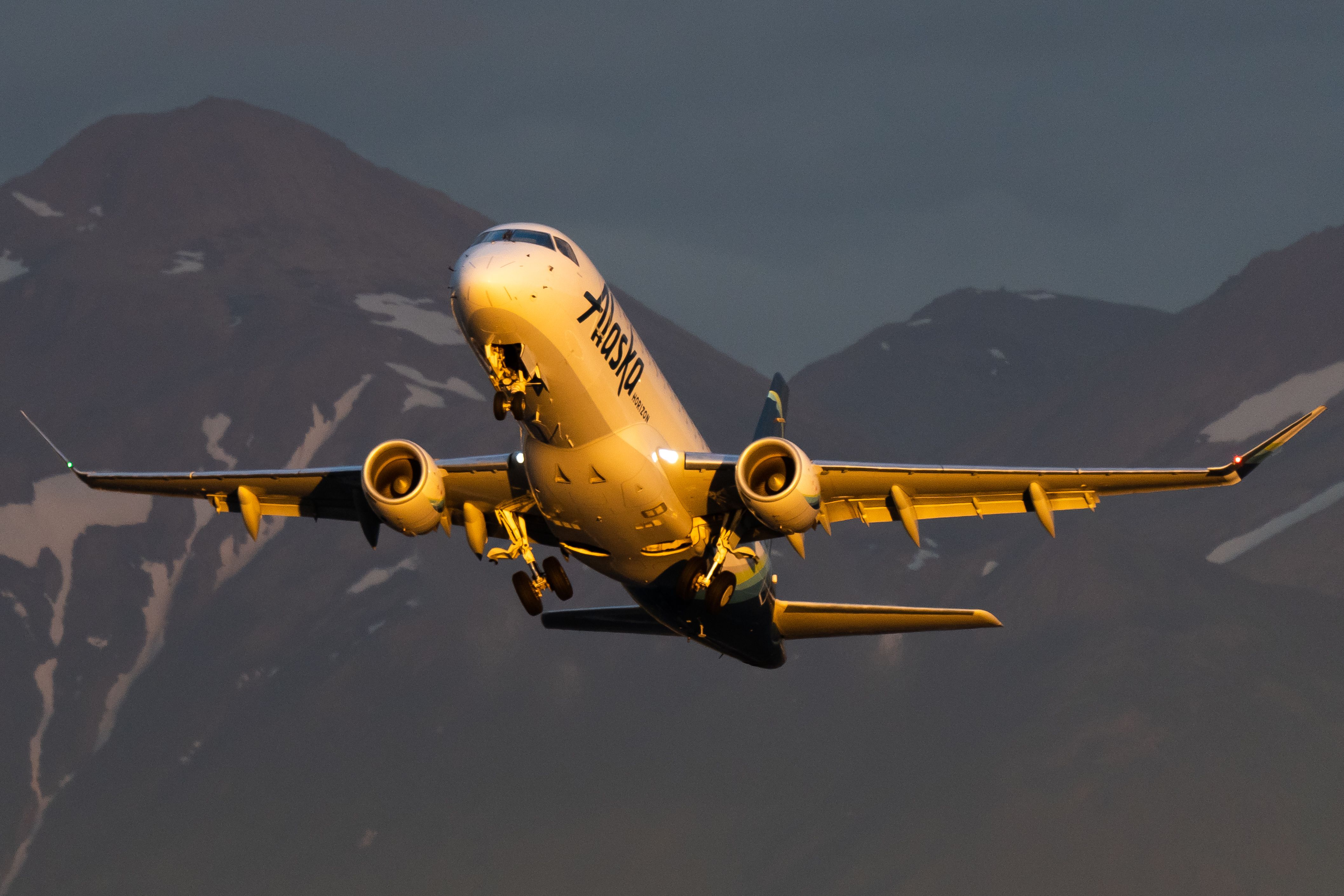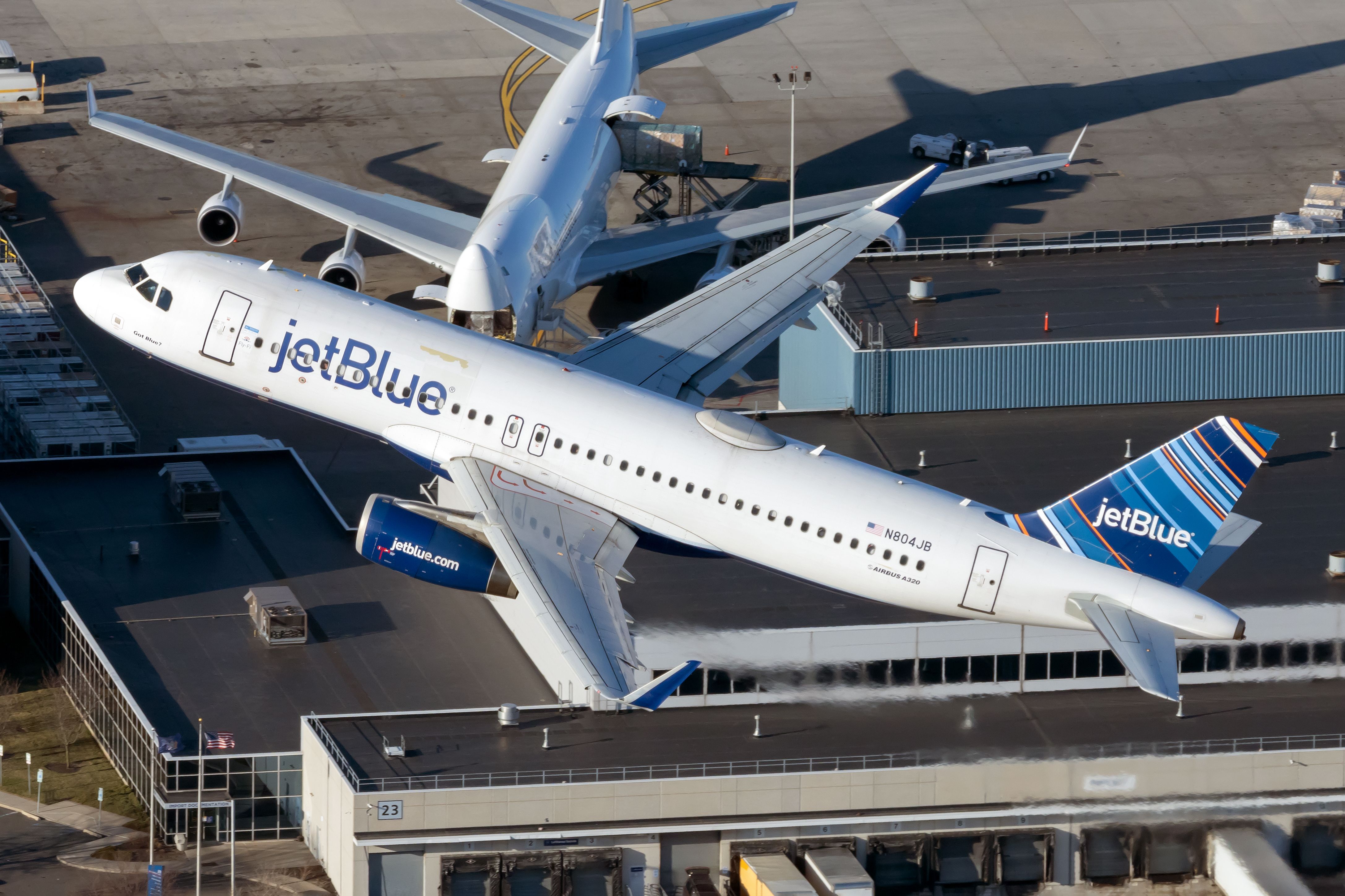On Wednesday, the Federal Aviation Administration (FAA) established a new independent aviation safety review team. This team will allow the FAA to examine further ways to enhance safety and reliability in the air traffic system across the United States, and the news comes after several close incidents like FedEx and Southwest near miss in Austin last February and a safety summit where the FAA convened safety officials from across the aviation industry.
A new team
Today, the FAA named an independent safety review team. This group will present concrete recommendations on how the agency can advance air traffic safety in the country.
On social media, Billy Nolen, FAA’s Acting Administrator, published a tweet saying, “Our tolerance for accidents is zero. I want our tolerance for near-misses to be zero.”
In a statement, Billy Nolen added the FAA is committed to maintaining the safest period in US aviation history. He said that this team will strengthen the agency’s safety efforts and identify specific investments it can make to bolster the National Airspace System.
The new Safety Review Team will begin its work in May. By October 2023, the team will present recommended actions the FAA can take to enhance safety.
This team will be composed of the following members:
- Former NASA Administrator and astronaut Charles Bolden Jr.
- Former Air Line Pilots Association, International President Captain Tim Canoll
- Former National Air Traffic Controllers Association Executive Vice President Patricia Gilbert
- Former FAA Chief Operating Officer David Grizzle
- Former FAA Administrator Michael Huerta
- Former NTSB Chair Robert Sumwalt
What are some of the recommendations the FAA has received this year?
To address the near misses in the last year, the FAA held a safety summit. This summit recommended issuing a safety alert to airlines, pilots, and others, reminding them to remain vigilant during taxi, takeoff, and landing. Additionally, the FAA’s Air Traffic Organization has taken action to ensure that supervisors devote their full attention to the operation and airfield during peak traffic periods.
Other recommendations include re-examining runway incursion data to identify underlying factors that led to these incidents; identifying technologies that could augment existing capabilities of surface surveillance equipment; deploying said technology; addressing the stress in the workplace, particularly by pilots and flight attendants, and more.
A view at 2023’s close call incidents
This year has had plenty of close calls across the United States. Eight close calls have been reported so far in the country. Maybe the most nerve-wracking of them all took place in February when a FedEx and a Southwest Airlines plane reportedly came within 100 feet of one another in Austin.
Other incidents include a JetBlue flight and a private plane having a close call at Boston Logan International, and a third “narrowly avoided” incident at Hollywood-Burbank Airport involving a Southwest Airlines and a Bell 505 helicopter.
The United States has not had a fatal commercial airline crash since July 2013, when a Boeing 777 flown by South Korea’s Asiana Airlines struck a seawall and broke apart while landing in San Francisco, with three people killed. Other deadly incidents have taken place since then, including a passenger being partially sucked out of a shattered window during a Southwest Airlines flight in 2018.
What do you think about the establishment of this safety review team? Let us know in the comments below.
Get the latest aviation news straight to your inbox: Sign up for our newsletters today.



